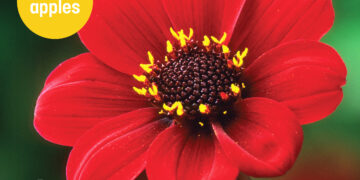No Result
View All Result
Mowing and Edging
- Continue mowing regularly but not too tightly.
- Keep lawn edges neat around beds and borders.
New Lawn Preparation
- Prepare for sowing new lawn areas by raking away stones.
- Kill existing vegetation with a glyphosate-based spray, cultivate thoroughly, and allow the soil to settle.
- Alternatively, kill the existing grass with a glyphosate-based product and sow onto the dying or dead sod without digging or raking.
Fertilizing
- Apply autumn lawn fertilizer if the grass is sluggish due to lack of nutrients, but only when the soil is moist.
- Feed pale-colored lawns when the soil is moist, ensuring even spreading.
- Do not apply fertilizer to wildflower lawns to avoid disadvantaging broad-leaved plants.
Moss and Weed Control
- Apply moss control using sulphate of iron where there is a problem.
- Apply lawn weedkillers, but not on wildflower lawns.
- Note that it is too cold to use lawn weedkillers in January and February.
Winter Care
- Mow lawns in January and February to keep the grass neat until March, but avoid mowing when the ground is soggy after wet weather.
- Avoid walking on a lawn surface when it is soggy or frozen to prevent soil compaction, which can result in poor growth.
No Result
View All Result













